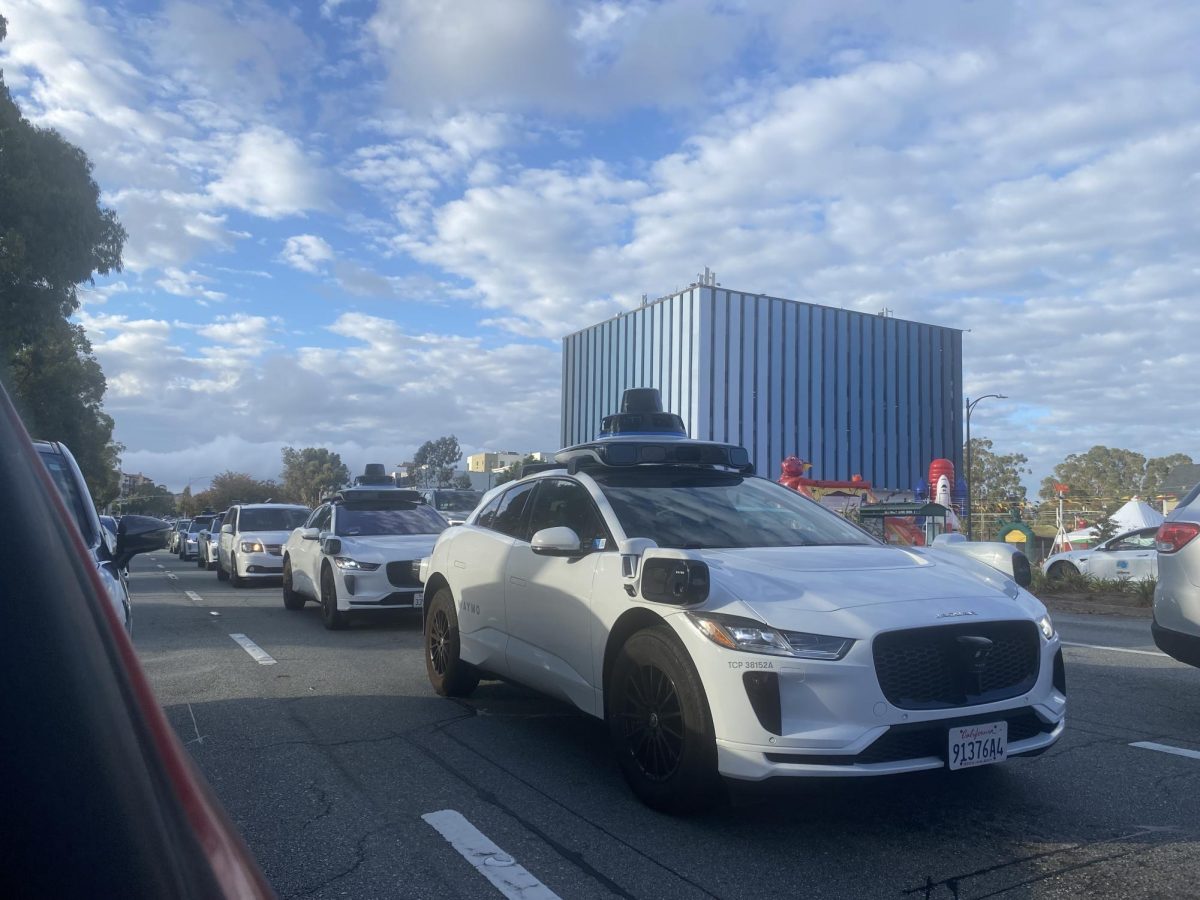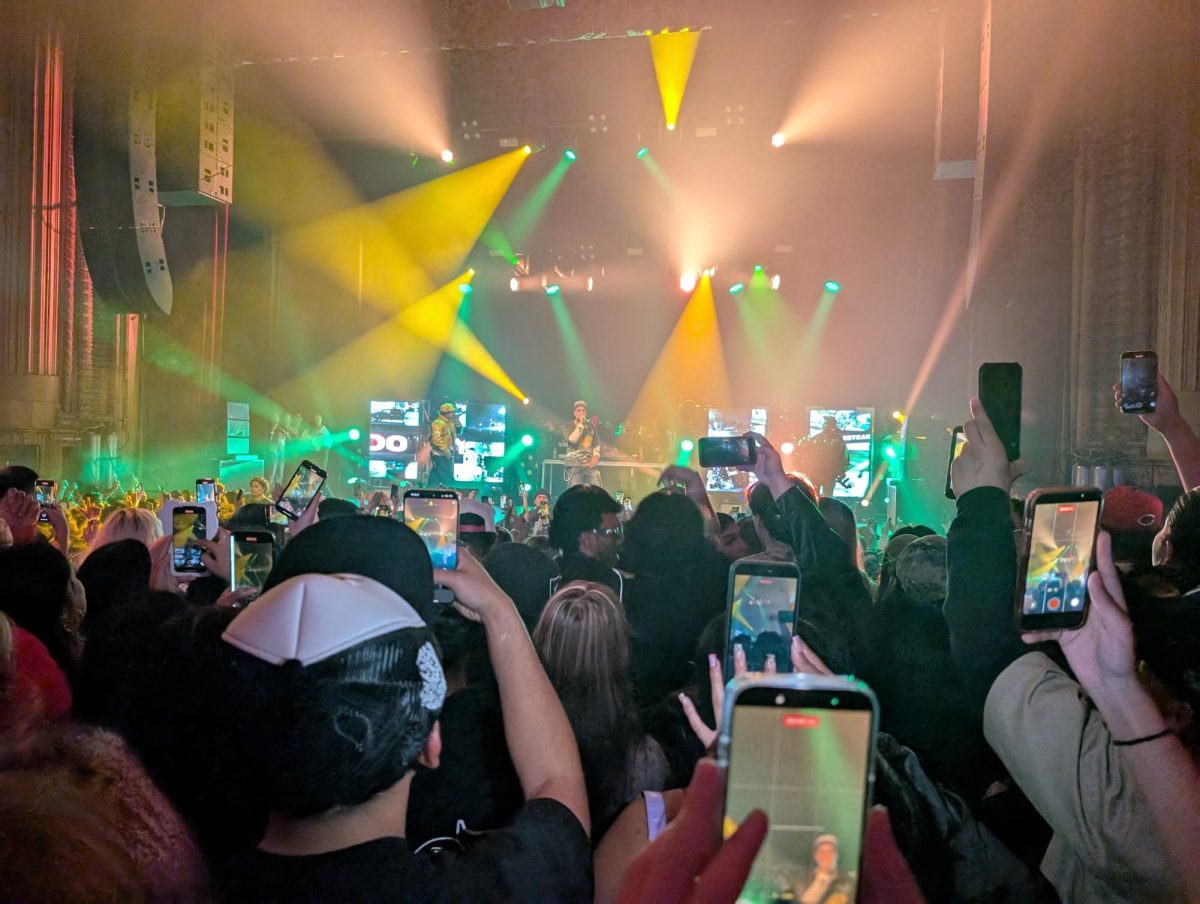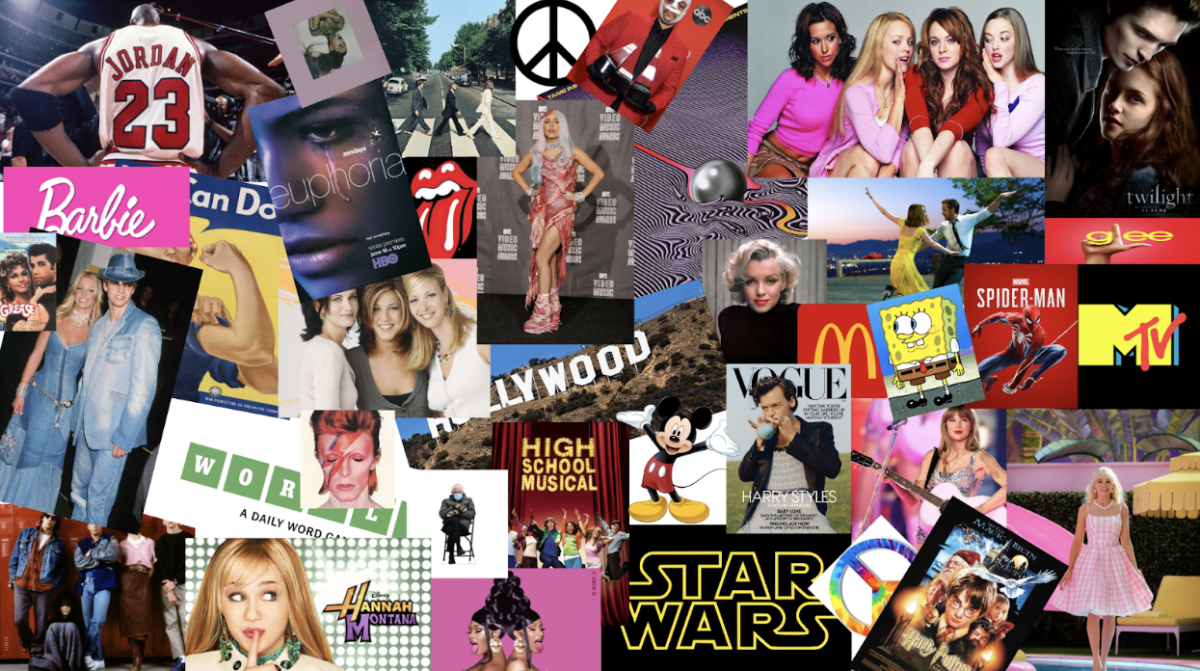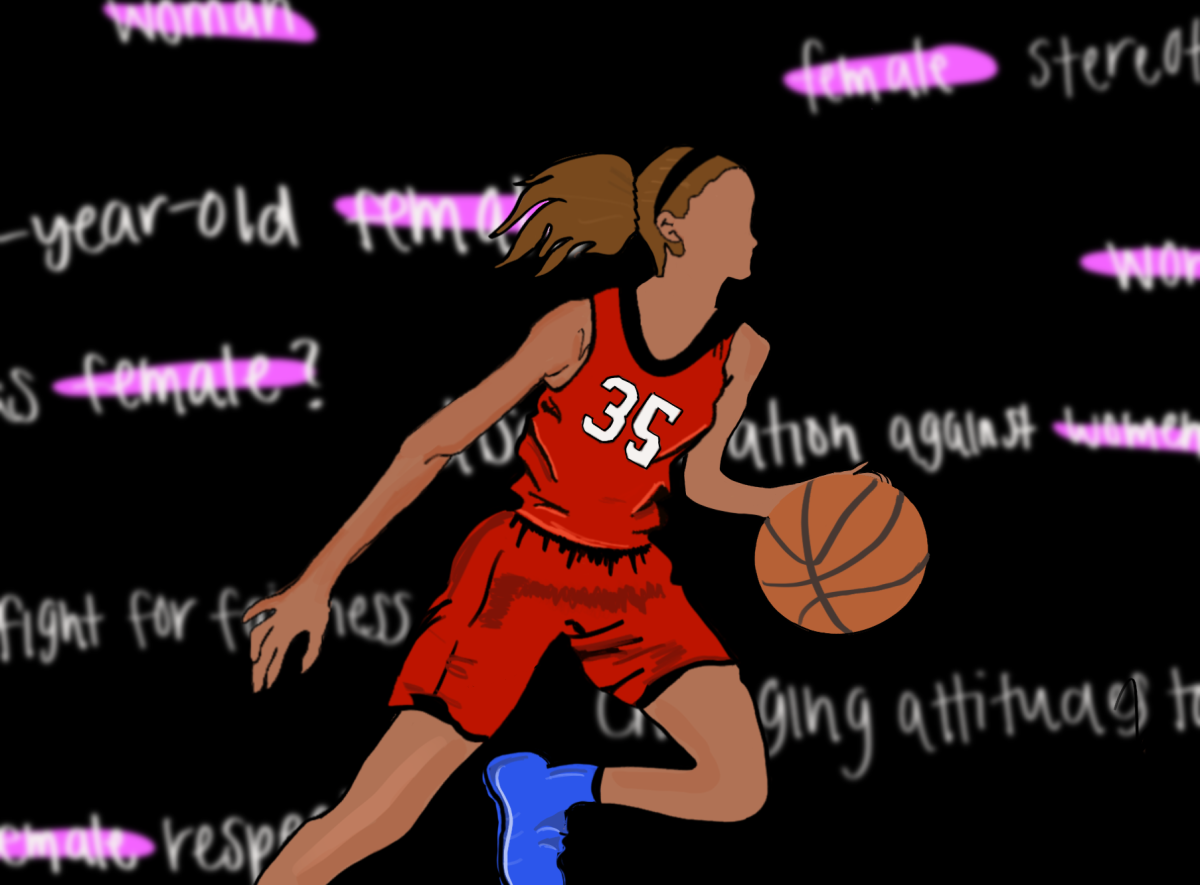Throughout the decades, statements of the current period have been reflected through fashion or trends that uniquely represent the environment. There is no ‘70s without bell-bottom jeans and tie-dye, and you can’t think of the ‘80s without neon colors and iconic rock ‘n’ roll music. But 30 years from now, when our children look back on the “2020s,” what trends will define our teenage years? That’s harder to answer. Because modern trends tend to have a lifespan of about three months before everyone moves on and a new cycle begins, it seems almost impossible to pinpoint the impressional ‘pop culture’ trends that will define this decade.
The increased and widespread use of social media is an impossible factor to ignore in the disappearance of a distinct pop culture. For instance, TikTok, an app that has an audience of one billion users, delivers content quite different than legacy media by delivering unique and specific content from creators, specifically tailored to a user’s interest. Thus, it’s hard to pinpoint one or two “main trends” because of the diversity of consumed media.
Though the internet may be decentralized, small internet communities are stronger than ever. If you finish a book and hate the ending, chances are there’s a group on Reddit or X dedicated to that very opinion. It is also a great way for up-and-coming music artists to get discovered and build loyal followings, greatly benefiting their career.
Back in the day, people used to learn about new music, movies and fashion trends from popular magazines, radio stations and television shows. Consequently, people were introduced to similar trends and beliefs from receiving a lot of the same information. However, this is no longer the case — people only listen to the radio in dire circumstances, like when their aux cord isn’t working, and don’t have to learn about new artists or keep up with the music industry if they don’t wish to. Since we have the luxury of listening to whatever we want via streaming services such as Spotify, our music taste can, like TikTok, be tailored to individual listeners through automatically curated playlists. This freedom of choice leads to a variety of genres charting with no clear decade-defining genre.
Another aspect of the internet’s “popular” trends in the 21st century is how they are distinctly impersonal. Although the internet is fragmented into smaller communities, current trends often avoid niche or unique ideas, focusing on mass appeal in hopes they will generate maximum profit with no regard for experimenting with different, creative plotlines and themes. This desire for mass appeal is not unique to internet trends as Hollywood is often criticized for being complacent and too risk-averse, opting to produce multiple sequels or a successful movie rather than take creative risks and develop new film concepts.
21st-century pop culture is varied and ever-changing, shaped by both societal and technical developments. While it can reflect a range of interests and trends, I think our generation has failed at making any impressionable trends or crazes that truly signify the cultural and societal values of our time. This loss has caused a lack of “pop culture” which has instead been replaced by fleeting, insignificant micro-trends that prevent us from being able to connect with our peers through shared media connections. Our generation’s “pop culture” is not only an inaccurate depiction of society but also, arguably, nonexistent.








































Eva • Oct 24, 2024 at 11:25 am
Hello, I don’t know who these comments reach, but I am a student who is doing a reserch project on pop culture, and I would like to ask Sophia Doss a few questions. If you could get back to me, that would be great, thank you!